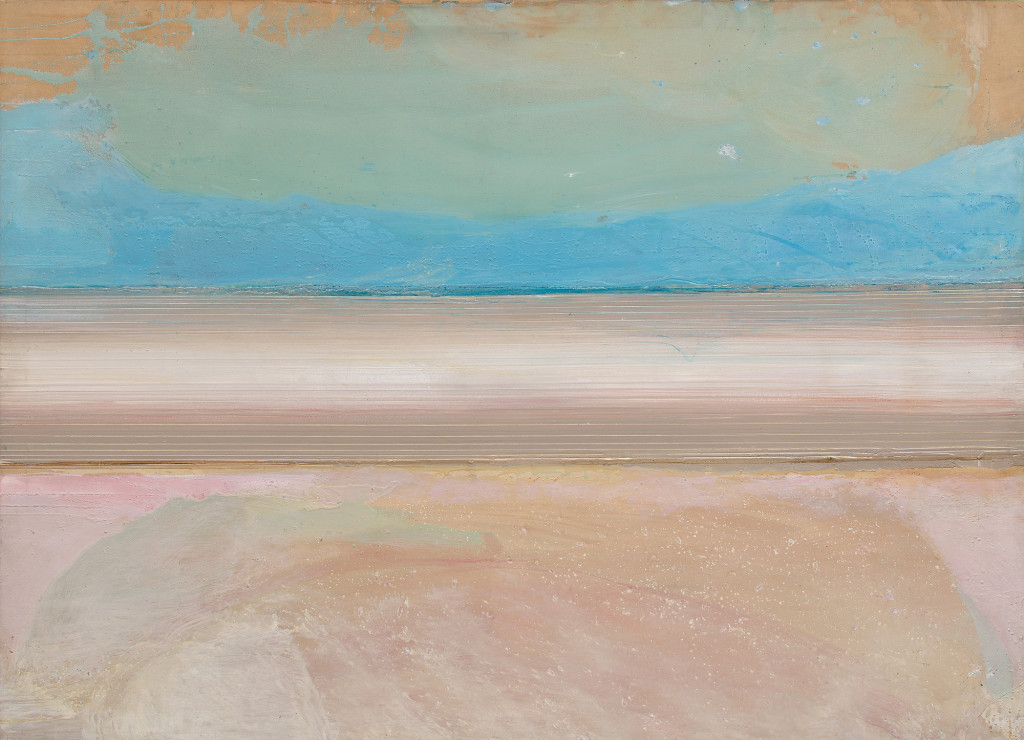[ad_1]
With New York’s Armory Week on the horizon, the fairs that will take over the city for the first week of March won’t be the only place for high-priced art transactions. On March 4, Phillips will host the first of its biannual “New Now” sales that will include 196 lots, many of which are recent examples of figurative painting; the auction carries a presale estimate in excess of $4.3 million.
Keeping in the register of the fairs where buyers are looking at primary market material at lower price points, the works in these auctions carry lower estimates than one might find in an evening sale. Samuel Mansour, who heads up the “New Now” sale, said the auction is “far more approachable in its price point.” Art fairs are venues for galleries to reach new clients. These sales are no different. At the last iteration of the sale, 36 percent of buyers had never bought from Phillips before.
A mid-season sale like this can drive big returns for Phillips. The September “New Now” sale, which often carries somewhat more high-profile lots than the spring, made $8 million over an estimate in excess of $5.8 million. The February 2019 one made $5.2 million over an estimate in excess of $3.6 million.
The “New Now” sale often mixes together work by established artists, like Julian Schnabel and Richard Prince, with more recent rising stars, like Nicolas Party, Njideka Akunyili Crosby, and Jonathan Lyndon Chase. And for seasoned collectors, it can indicate which artists “might be coming up next in a day sale or an evening sale in a season or two.”
“There are always artists that I have in mind and that we’d really like to have in the sale that we go hunting for,” Mansour said. “Artists we’ve sold before or, in the case of this sale, certainly artists that we feel are finally ‘ready’ for the secondary market. That’s an aspect of the sale that people have come to expect.”
One of those artists is Jonathan Gardner, whose 2014 piece, Daisy, will be the first of his works ever sold at auction. Carrying an estimate of $20,000–$30,000, the painting will be the first lot of the sale, which Mansour likes to reserve as “a real coming-out moment for the artist in the secondary market.” He added, “Oftentimes, these artists’ work is being traded on the secondary market privately before somebody is willing to take the leap and put them up at auction.”

Courtesy Phillips
The late Noah Davis is another artist whose work currently has active secondary market interest, thanks to a solo exhibition on view through February 22 at David Zwirner in New York. His 2009 painting, showing a slightly surreal head in a landscape and titled In Search of Gallerius Maximumianus, carries an estimate of $60,000–$80,000.
“Now there’s an interest being paid toward more figurative material,” Mansour said. “There’s also an interest in revisiting older artists, who perhaps may not have had their due in the prime of their careers,” many of whom are artists of color, women artists, and queer artists.
A 1978 abstract canvas by Ed Clark, titled Untitled (Acrylic #1), from his “Louisiana” series, Mansour points out, is an example of that. Measuring just under 8 feet, it is “the largest and earliest,” Mansour said, of his mature works. Clark, who died in October, has seen somewhat of a resurgence in interest in his work, including exhibitions of his paintings at Mnuchin Gallery and Hauser & Wirth in New York.
Phillips was the first of the houses to auction Clark’s work during a charity sale, Art for One Drop, in September 2018, where a 1990 canvas went for $198,000, well above the high estimate of $120,000. Clark’s current record of $495,000 was set in November at an afternoon sale of postwar and contemporary at Christie’s for a piece from 1998. The 1978 painting that will be sold next month carries an estimate of $200,000–$300,000.
“Even though it’s slightly more historic, the painting feels really much of the now,” Mansour said. “It feels far more contemporaneous with what’s happening more generally. It’s about finding works that aren’t exactly new, but it’s very much certainly now with regard to the critical and commercial attention being paid to Ed Clark’s art.”
[ad_2]
Source link

